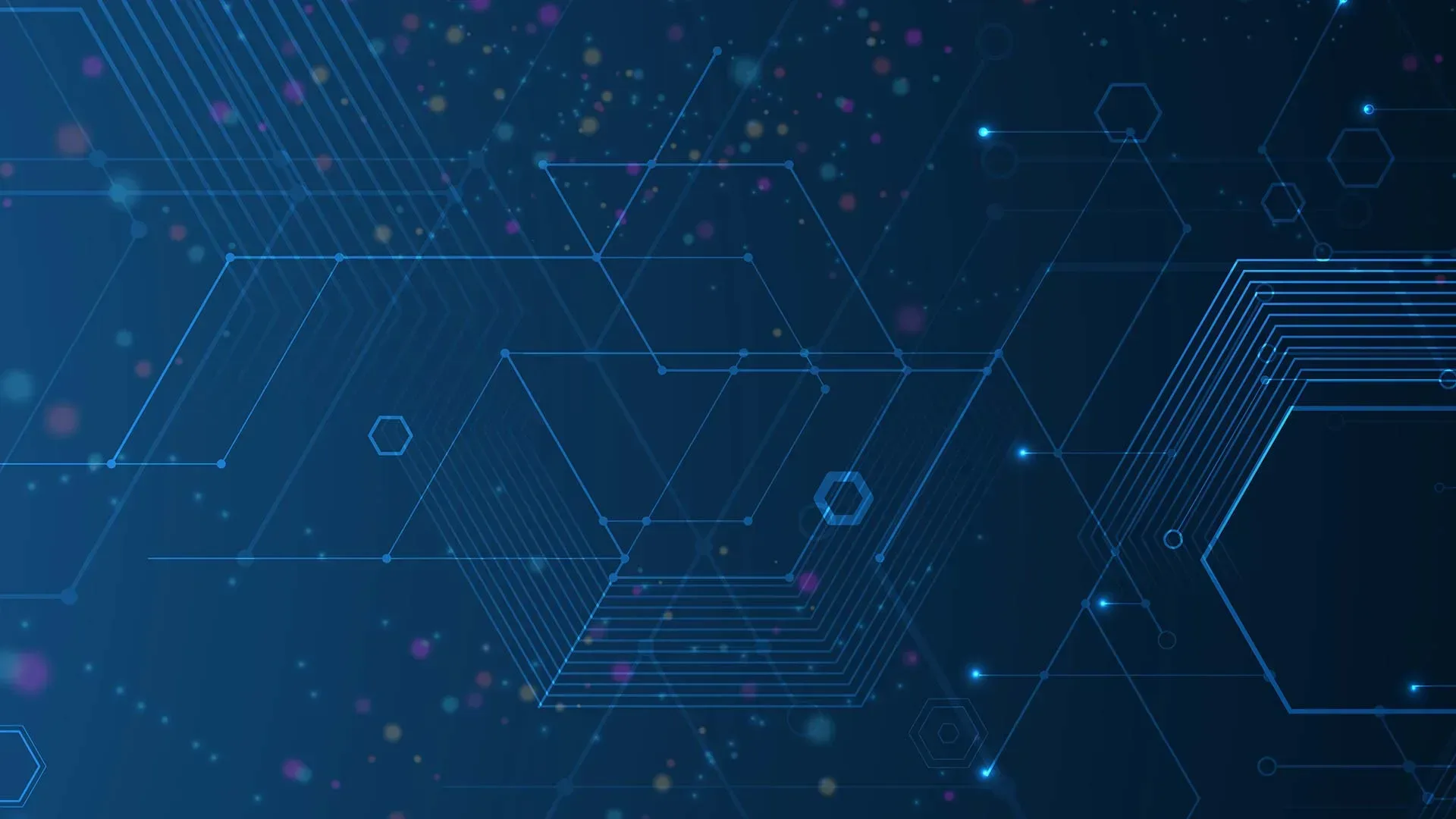

What Are Insider Threats? Definition, Types, and Mitigation Tactics
What Is an Insider Threat?
An insider threat is like a wolf in sheep’s clothing. Outwardly, they appear just like any other trusted member of your enterprise, but inside, they have the potential and agenda to destroy whole infrastructures or manipulate data for their satisfaction or monetary end goal.
They can be a current or former employee, a disgruntled system administrator, an outside contractor, cyber intrusion, or an infiltrator from a business competitor. Their objectives can range from fraud and intellectual property theft to plain and simple revenge.
Types of Insider Threats
When you first think of insider threats, the first thing that comes to mind is a person with a privileged access system, a system/database administrator, or individuals with capabilities within applications, but that’s not always the case.
Today, anyone can become an insider threat, willingly or unwillingly, by providing valuable information to an external source delivered with a successful phishing attempt.
However, the motives fluctuate, and there are various reasons why one might become an insider threat:
Malicious insider
This individual has joined the company for the sole purpose of retrieving information from the organization, and their motives could be financial or based on a patriotic government espionage approach.
What they do with the stolen data is a debatable subject, as they could sell it to a third party or a competitor, and it mostly boils down to money. They can act alone or in a group with a larger picture, depending on their end-game.
Lack of recognition
Workers who do not have a strong sense of identification or loyalty to the company may be more inclined to take part in insider threats. A sense of disengagement may bring this on, a short-term job outlook, or a lack of engagement.
Sabotage
Employees may turn spiteful and commit acts of sabotage if they believe their diligence and commitment are not appreciated and/or go unnoticed. For vengeance or attention, they might purposefully interfere with operations by installing malware, harming systems, and erasing essential data, or their motive could only be driven by chaos.
Insider Espionage
Sometimes, the most vulnerable employees are the ones who feel undervalued or mistreated. When outside actors sense that an insider feels neglected, they may contact them. These outside parties might recruit these people by disclosing private company secrets to conduct insider espionage.
Ideological or Political Motivation
Insiders may have ideological solid or political beliefs that lead them to engage in insider threats. They might seek to dismantle the organization’s functioning for ideological reasons or expose any wrongdoings inside it.
(H)Activism
Employees may utilize their access to an organization’s systems to further their political or ideological agendas. They might, for instance, partake in hacktivism, which is breaking into systems to forward a political viewpoint or message.
Whistleblowing
People occasionally have a strong moral opinion that an organization is engaging in unethical or illegal activity that doesn’t match their beliefs. They might commit insider threats by revealing private information in an effort to expose misconduct by ruining the company’s reputation or punishing them financially.
Personal problems
An organization’s internal insider risks may be influenced by personal issues. Insider threats may arise due to employees’ or individual’s substantial personal concerns or challenges that affect their behavior and provide them access to an organization’s systems and data. Personal issues can lead to insider threats in a number of ways, including:
Financial Stress
As they say, money is the root of all evil. Individuals with financial difficulty may be more susceptible to corruption and accepting bribes from outside parties that want access to confidential data. They might jeopardize security to benefit financially from it.
Personal legal troubles
People who encounter legal issues, such as criminal charges or lawsuits, may be more susceptible to external threats who could abuse their personal issues as leverage to pressure them to perform malicious activities.
Insider Threat Behavior Patterns
The term “insider threat behavior patterns” describes the visible behaviors and acts that people within an organization display that may point to the possibility of an insider threat. Understanding these trends is essential for early insider threat identification and mitigation. The following are typical insider threat behavior patterns:
- Access abuse: Insiders may frequently access private systems, documents, or locations outside the bounds of their official duties. Unauthorized access to financial information, private papers, or intellectual property is a few examples that indicate an employee might have an agenda that differs from their role.
- Data Hoarding/Exfiltration: Insiders may be planning to misuse or exfiltrate this information if they gather or download an excessive amount of data, especially if it has nothing to do with their job responsibilities.
- Unauthorized Software Installation: Installing malicious or unauthorized software on work-issued devices is cause for concern because it can be leveraged to cover up insider activity or exploit security holes.
- Social Engineering: One of the main signs of insider threats is manipulative behavior intended to deceive coworkers into disclosing private information, getting over security measures, or helping with insider attacks.
- Unauthorized Physical Access: Employees who have physical access to a company’s facilities run the risk of abusing it to steal devices and private documents or compromise physical security.
How to Detect Malicious Insider Threats
Do you know your people? Detecting an insider threat can be a difficult task, but not impossible, as every employee has a certain amount of power and a baseline behavior within the company. Before you can look for anomalies, you must create a baseline of “normal” behavior in both people and systems.
Typical login times, data access patterns, communication styles, and job-related tasks should all be part of this baseline.
Exfiltration of data can be averted by enforcing Data Loss Prevention (DLP) solutions by continuously monitoring data movement and transfers across the network. Any employee retrieving or exfiltrating sensitive data could be a potential malicious behavior that should not go unnoticed by the DLP solution, which can be an early detection of an insider threat.
No matter how secure you think your company is by implementing different kinds of solutions, Security Awareness Training should be the first priority of the company, as humans are the weakest link in the organization.
Training and raising the awareness of your employees while encouraging them to report any suspicious activity is the single greatest shield against a malicious insider threat.
How to Protect Against Insider Attacks
In order to protect against cyber attacks, the most important thing for corporate security is to mitigate insider risks. Start by enforcing rigorous access controls in place and limiting unnecessary access, following the principle of least privilege.
- Establish clear security guidelines and provide staff training to encourage a vigilant culture.
- Urge the creation of solid and one-of-a-kind passwords that require frequent changes.
- Keep an eye out for anomalies in user behavior, particularly regarding system logins and data access.
- To encourage employees to raise suspicions, create a confidential reporting method.
- When employing new employees, make sure they have undergone extensive background checks. You should also implement security safeguards for outside vendors accessing your systems. These steps can aid in defending your company from insider threats.
Your IT security staff needs to understand the importance of confidentiality and integrity in the data they process and possess. Knowing what to protect is the most critical thing when it comes to security, whether digital or physical property.
Advanced Threat Protection is essential for preventing insider threats. Offering cutting-edge tools and technologies to identify anomalous activity, illegal access, and data exfiltration. It improves overall security by reducing the risks associated with both deliberate and unintentional insider threats.
Enhance employee awareness and safeguard critical data by leveraging Hornetsecurity’s Security Awareness Service for comprehensive cyber threat education and protection.
To keep up with the latest articles and practices, visit our Hornetsecurity blog now.
Conclusion
In conclusion, in the present-day technological setting, shielding an organization from insider threats is vitally important. The significance of taking proactive efforts to identify, stop, and lessen internal security threats has been emphasized in this article.
Through a focus on staff awareness, rigorous access controls, ongoing monitoring, and a solid security culture, companies can effectively mitigate the risk of insider threats.
It is critical to keep in mind that insider threats can come from a variety of sources, such as coercion, negligence, or malicious motivation.
FAQ
An insider threat is a security risk that arises from people working for an organization who may, whether on purpose or accidentally, jeopardize its data, operations, or security.
The most common form of insider threat up to date is negligent employees who unintentionally jeopardize security by falling for phishing scams or misusing sensitive data. When employees click on a dangerous link in an email that appears to be from a reliable source, they may not be aware that it could result in a malware infection or data breach.
Insider threat is not a vulnerability by itself but is a security risk. Employees can use a potential vulnerability like their badge and privileged access to the server room to exploit it and compromise security.
While a vulnerability represents a weakness in the organization’s defenses, an insider threat involves individuals, whether employees or contractors, who can leverage these vulnerabilities for unauthorized access, data theft, or other malicious activities.
In summary, insider threats can capitalize on vulnerabilities, making them a critical consideration for comprehensive cybersecurity.
Active surveillance of user behavior, network activity, and data access is how insider threats are found. Sophisticated security tools, like anomaly detection and user behavior analytics, assist in spotting departures from known patterns and generate alarms for additional research and mitigation. Access controls and routine audits are also essential for detection.
